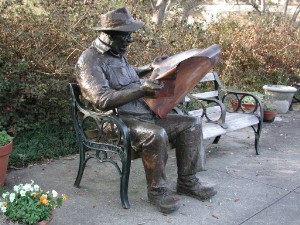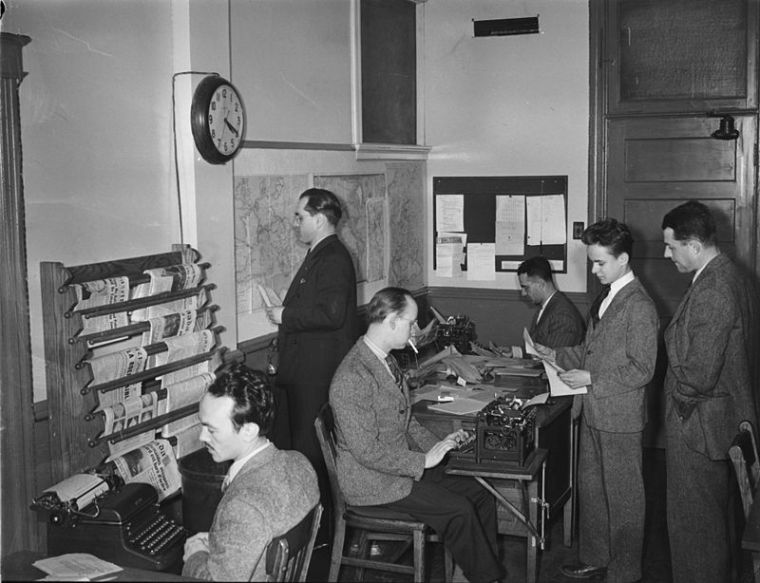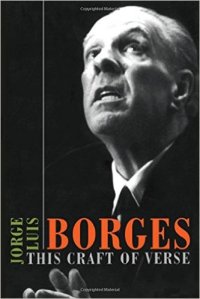Nothing “so called” about the world’s journalists: seventy-eight died in 2016 to bring us accurate reports and important information

There are some institutions that are necessary to support healthy democracies … public libraries, good public education, freedom to assemble, free speech …. and a free press that is allowed to carry-out its moral mission with impunity. While our occupational cousins – professional journalists – are coming under attack from certain quarters, there are dedicated journalists who brave dangerous territory, horrible work and living conditions, and long stays away from family and friends to bring us important information, correct and timely reports. Many end up with PTSD. They are often physically wounded, maimed or killed in torn and sometimes out-of-the-way-places that politicians and oligarchs wouldn’t fly over much less dare to set foot to ground.
The Committee to Protect Journalists [CPJ] reports today that in 2016 seventy-eight journalists (representing a diversity of counties, races, genders and religions) died to bring us accurate news reports. CPJ investigates the death of each journalist to confirm the motive. It reports that among the seventy-eight killings the motives for forty-eight are confirmed. Among the seventy-eight are also two media workers and twenty-eight journalists for whom the motive is unconfirmed. The deaths have been by murder, crossfire, or while covering dangerous assignments. Beats covered in 2016 were:
| 4% | Business |
| 19% | Corruption |
| 17% | Crime |
| 13% | Culture |
| 17% | Human Rights |
| 38% | Politics |
| 4% | Sports |
| 75% | War |
According to the CPJ the numbers are rounded up and the percentage is over 100% because many covered more than one beat. The chart belongs to the CPJ and is protected under Attribution-NonCommercial-NoDerivatives 4.0 International license.

I would also submit at this time that discussions of fake v true news are too simple and among other things they don’t often acknowledge the reader’s responsibility for careful selection, analyses, sharing and wide reading. Anyone who clicks on “click bait” for example, those links that start with “you wouldn’t believe what happened next” or ” he was walking down the street and …” are accessing sites for sales and marketing not news outlets. On Facebook these are rife on the roll to the right of the screen. Shared posts on Facebook or Twitter or other social media like blogs should not be our primary sources of news information. Conspiracy theories, satire, comedy “news” media and news aggregates (v. original stories) are not reliable resources nor are news sources that are partisan and consistently confirm our biases, whatever they may be.
Among the more balanced and accurate news outlets are: AP and Reuters news agencies, The Christian Science Monitor, The New York Times, The Washington Post print news, and the BBC and NPR for broadcast media.
If we want our news outlets to hire the very best journalists and to fund in-depth research and reporting, we must use them, pay for them or donate to them as appropriate. I’m pleased to see that so many people are now subscribing to the New York Times in an effort to help keep this, the premier American newspaper, afloat. The New York Times was founded in 1851. It has been in continuous publication since then and is widely considered to be “the newspaper of record” for the United States of America.
The video below is of Christiane Amanpour’s 2016 Burton Benjamin Memorial Award Acceptance Speech. She addresses the responsibilities of journalism and journalists in the context of a post-truth post-values era.It’s about fifteen minutes. There’s good substance here, much to chew on. If you are reading this feature from an email subscription, you’ll have to link through to the site to view the video.
Photo licensing: Reading the newspaper header photograph is under CC BY-SA 2.0 license; Canadian journalists by from Bibliothèque et Archives nationales du Québec, reference number P48,S1,P23104 Public domain
RELATED:
- The Center to Protect Journalists official website
- An Open Letter to Trump from the U.S. Press Core, Columbia Journalism Review
- Critics Are Not Criminals campaign, University of Texas, Journalism in the Americas
- Locating Sources and Fact Checking, CNN




